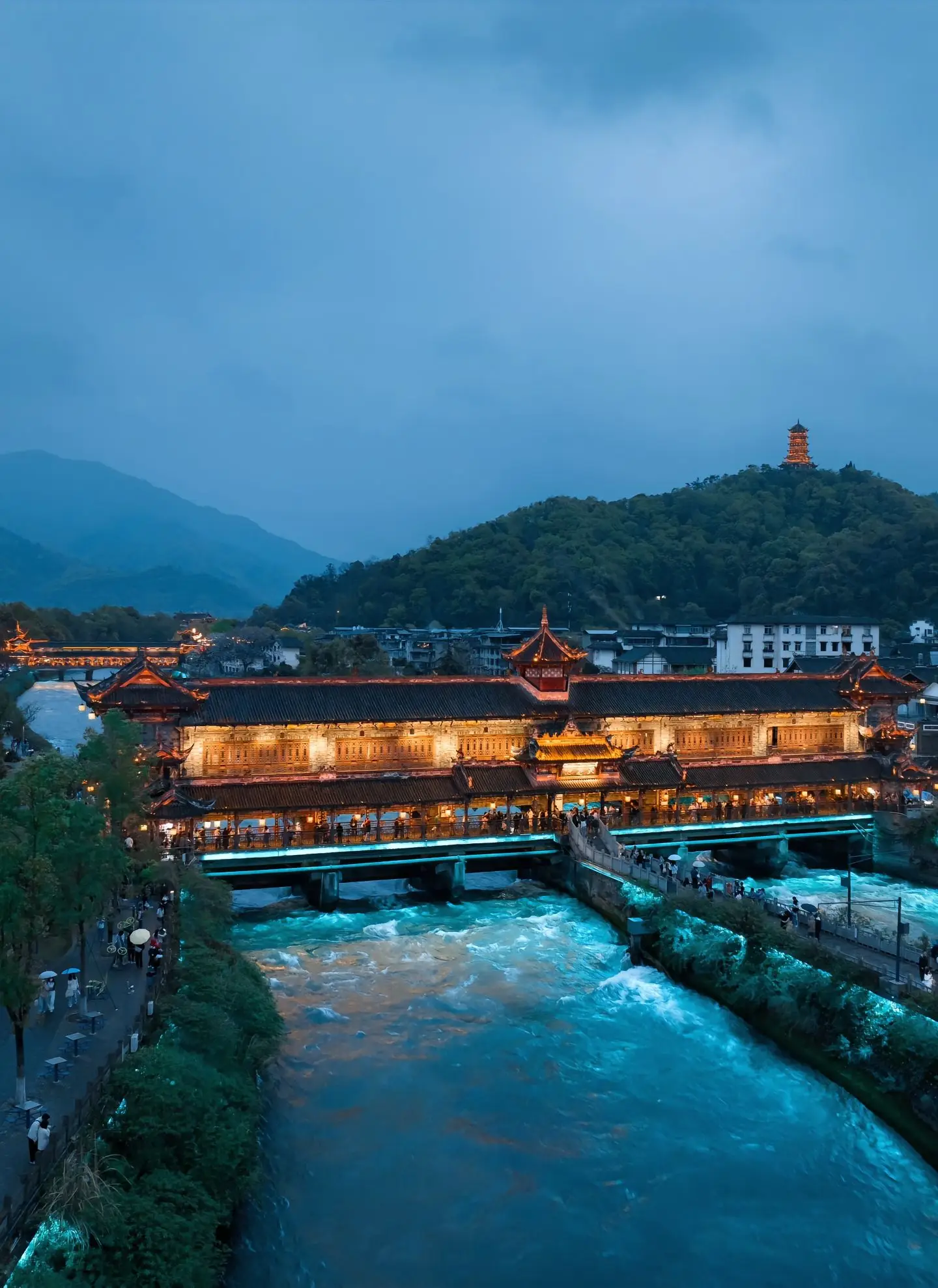The Ultimate Japan Explorer: Your Personal Guide to Unforgettable Adventures
So, you’ve decided to explore Japan. Wonderful choice! You're likely picturing serene temples, buzzing neon cities, mouth-watering sushi, and the graceful sight of a geisha. But with so much to see and do, planning your Japanese adventure can feel a bit overwhelming. Where do you even begin? This guide is designed to be your go-to travel companion, transforming that initial overwhelm into pure excitement. We’ll walk you through everything, from navigating the cultural nuances to uncovering those hidden gems, ensuring your trip is as smooth as a bowl of matcha pudding.
Let's start with the big question: When is the best time to visit Japan?
The truth is, Japan is a year-round destination, each season painting the country in a dramatically different, yet equally stunning, palette.
- Spring (March-May): This is the famous cherry blossom season (Sakura). The weather is mild, and the parks are awash in delicate pink blossoms. It's a magical time, but also the most crowded. For a spring trip to Japan, book accommodations and transport far, far in advance.
- Summer (June-August): Summer brings vibrant festivals (matsuri) with spectacular fireworks. However, it can be hot and humid, especially in cities like Tokyo and Kyoto. This is a great time for hiking in the Japanese Alps or heading to the northern island of Hokkaido to escape the heat.
- Autumn (September-November): Many seasoned travelers consider this the perfect season for a Japan cultural tour. The summer heat gives way to crisp air, and the autumn foliage (koyo) is a breathtaking spectacle of reds, oranges, and yellows. The crowds are thinner than in spring, making it ideal for exploring ancient temples in Kyoto.
- Winter (December-February): Winter offers crisp, clear days and fantastic skiing in places like Hokkaido. It's also the season for illuminations and relaxing in onsens (hot springs) while snow falls around you. It’s a fantastic time for discovering unique winter festivals in Japan and enjoying lower travel prices.
Crafting Your Perfect Japan Itinerary: Must-See & Hidden Gems
Most first-time visitors focus on the "Golden Route": Tokyo, Hakone/Mt. Fuji, Kyoto, and Osaka. This is a fantastic foundation, but let's add some depth.
Tokyo: The Neon-Pulsing Heart Tokyo is a universe in a metropolis. Don't just skim the surface.
- Must-Do: Feel the organized chaos of the Shibuya Crossing, seek serenity at the Senso-ji Temple in Asakusa, and get a dose of pop culture in Harajuku.
- Hidden Gem: For a truly authentic Tokyo neighborhood experience, venture to Yanaka. This area survived WWII and retains an old-world charm with its narrow lanes, traditional wooden houses, and independent art galleries. It’s a peaceful respite from the city's frenzy.
Kyoto: The Soul of Traditional Japan Kyoto is the heart of Japan's cultural heritage.
- Must-Do: Walk through the thousands of vermilion gates at the Fushimi Inari Shrine, be awed by the golden Kinkaku-ji (Golden Pavilion), and explore the historic Gion district.
- Hidden Gem: While everyone heads to the famous bamboo grove in Arashiyama, consider a trip to the lesser-known temples of Ohara, a rural town just north of Kyoto. Here, you can experience temple tranquility without the crowds, often with the soothing sound of chanting monks in the background.
Beyond the Golden Route: If you have more time, diving deeper is incredibly rewarding.
- Hiroshima & Miyajima: A profoundly moving and important historical experience. The Itsukushima Shrine on Miyajima Island, with its iconic "floating" torii gate, is one of Japan's most scenic spots.
- Japanese Alps & Takayama: For those looking for off-the-beaten-path Japan travel ideas, the alpine region around Takayama offers stunning mountain scenery, beautifully preserved old towns, and some of the country's best onsens.
- Okinawa: For a completely different vibe, Okinawa's white-sand beaches and unique Ryukyuan culture feel a world away from mainland Japan.
Mastering the Art of Japanese Travel: Essential Tips
Getting Around: The JR Pass & Beyond The Japan Rail (JR) Pass can be a fantastic money-saver, but it's not always the right choice. Calculate your planned long-distance trips (e.g., Tokyo-Kyoto on the Shinkansen) to see if it pays off. For city travel, get a rechargeable IC card (like Suica or Pasmo)—they work on almost all trains, buses, and even in convenience stores and vending machines. It’s the ultimate Japan travel hack for budget explorers.
Cultural Know-How: Do's and Don'ts A little cultural awareness goes a long way.
- Do: Be quiet on public transport. Slurp your noodles (it's a compliment!). Take your shoes off when entering someone's home, a temple, or a traditional ryokan.
- Don't: Eat while walking. Talk loudly on your phone on the train. Tip at restaurants (it's not customary and can be considered rude).
Foodie Adventures: What and Where to Eat Japanese cuisine is a core part of the experience. Be adventurous!

- Must-Try: Go beyond sushi and ramen. Try okonomiyaki (savory pancakes), tonkatsu (breaded pork cutlet), and kaiseki (a multi-course haute cuisine dinner).
- How to Eat: For a complete guide to Japanese food etiquette, remember to say "itadakimasu" (I gratefully receive) before eating and "gochisosama deshita" (thank you for the meal) after. For a truly immersive experience, book a local food tour in Tokyo or Osaka to be guided through the culinary scene by an expert.
Money & Connectivity While Japan is increasingly cashless, many smaller restaurants, temples, and rural shops still operate on cash. Carry a mix. For connectivity, renting a pocket Wi-Fi device at the airport is a reliable and convenient way to have internet access everywhere you go—a true lifesaver for navigation and translations.
Language: Bridging the Gap You don't need to be fluent, but learning a few key phrases will be met with smiles and appreciation.
- Hello: Konnichiwa
- Thank you: Arigatou gozaimasu
- Excuse me / Sorry: Sumimasen
- Please: Onegaishimasu
- Do you have an English menu? Eigo no menyu arimasu ka?
Most importantly, don't be afraid to use simple English, a smile, and gestures. Japanese people are incredibly helpful and will often go out of their way to assist you, even with a language barrier.
Your Japan Awaits
Planning a trip to Japan might seem like a big project, but it's one of the most rewarding journeys you'll ever take. By balancing iconic sights with personal discoveries, respecting the local culture, and embracing both the high-tech and the deeply traditional, you're setting yourself up for an unforgettable experience. Japan has a unique way of leaving a lasting impression on every traveler. So pack your bags (and an empty stomach), keep this guide in mind, and get ready to create your own incredible stories. Your Japanese adventure of a lifetime is just around the corner.





发表评论